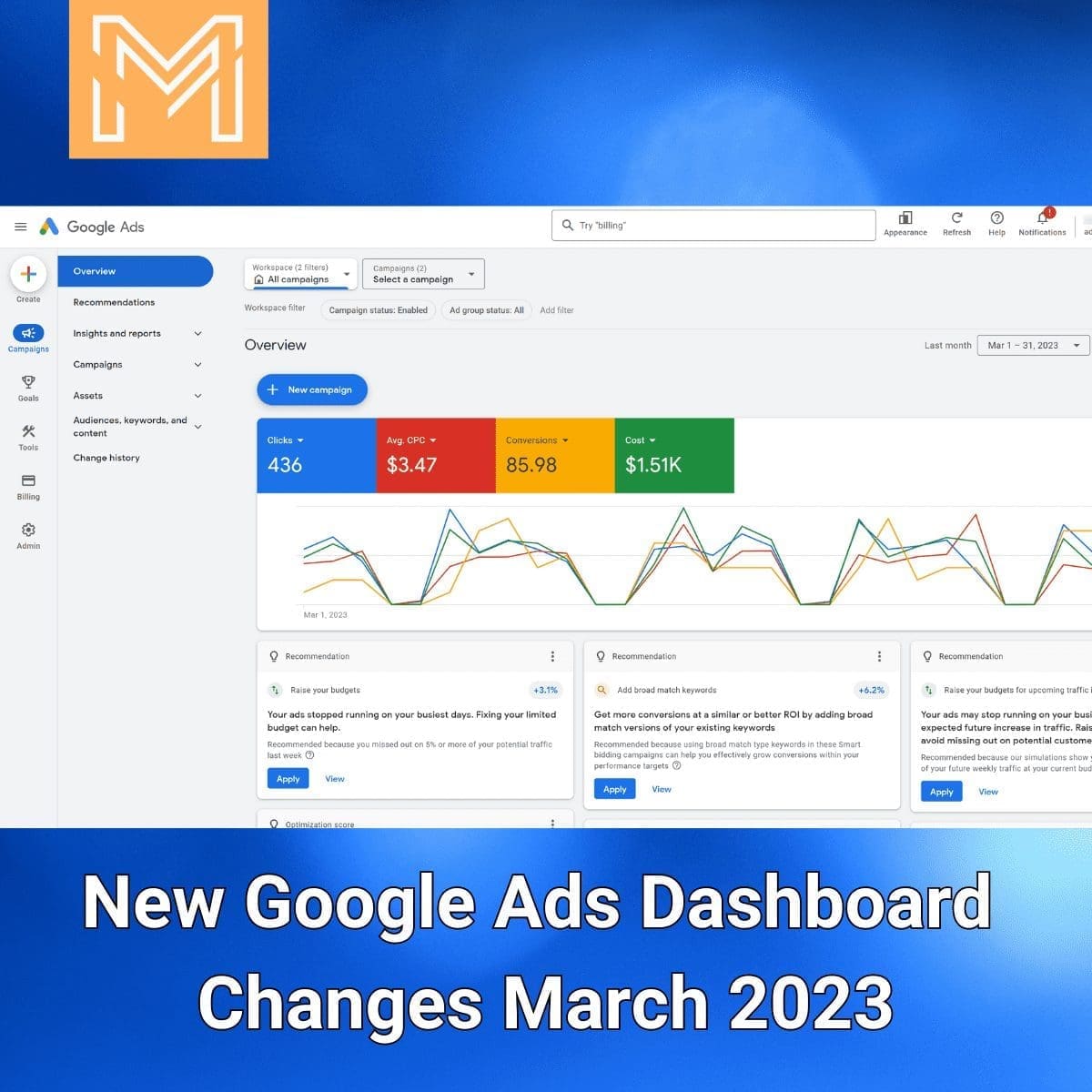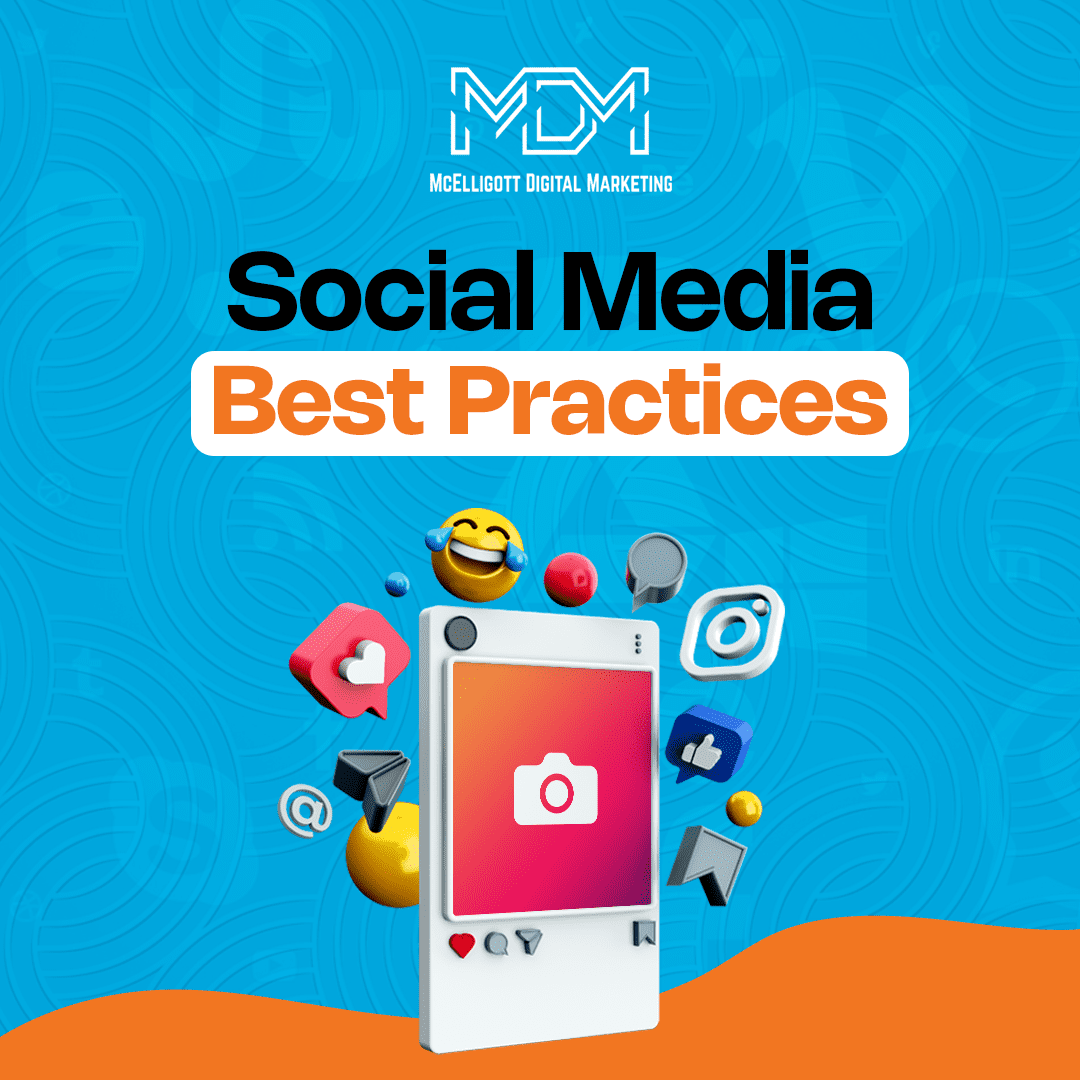The digital marketing scene is always on the move, with new tech and tools popping up every year. Sure, this brings cool new tricks and strategies for boosting your digital campaigns, but it also means wrapping your head around fresh concepts and lingo.
That’s why we’re going to talk about programmatic vs. display network advertising. These two advertising channels are meant to reach your business to your customers online but both kick it in their own ways.
Programmatic advertising is all about cooking up a solid strategy while you’re busy getting those ads out there. On the flip side, display ads play around with various ad formats and send them out through different display ad networks.
What’s the key difference?
The main difference between programmatic ads and display ads is how they buy space to show your ads.
Programmatic ads use many ad exchanges, like different marketplaces, while display ads stick to one ad network, such as Google Ads. Think of it like this- programmatic ads shop around in various markets, while display ads prefer a single, specific shop like Google Ads to get the space they need.
So, it’s really about how they choose and buy the spots to display your ads.
Each method has its perks. A PPC management service understands your advertising goals and implements the right strategy for maximum ROI.
It’s not just about slapping an ad together, it’s about understanding the game and playing it smart.
In this blog, you’ll get to know the ins and outs of programmatic and display advertising.
What is Display Advertising?
Display Advertising is like setting up a virtual billboard to catch people’s attention online.
Display ads are like the pictures you see on websites, but they’re not just photos- they can be videos, text, or even sound. Imagine them as mini commercials online.
These ads come in different styles. There are banner ads, which are like small posters you see on websites. Then there are video ads, which are like short videos that grab your attention. And there’s native advertising, which blends in with the content you’re reading or watching.
To get these ads on websites, businesses use networks like the Google Display Network. It’s like a tool that helps your ad appear on many different websites.
Now, here’s a quick comparison. When you search for something on Google, you see text ads. But display ads are different- they show up while you’re looking at different websites, not just when you’re searching.
For instance, if you’re reading the news online, a display ad might pop up showing cool new shoes. It’s not just a regular ad, it’s like a digital billboard showcasing something interesting.
Display ads are the visuals you see online – not just pictures but a mix of images, videos, and more. They come in different styles, and networks like Google Display help businesses put these visuals on various websites to get your attention.
Display Advertising channels
1. Banner ads
Banner ads are the most common type of display ad. They are typically rectangular images that appear at the top, bottom, or sidebar of a webpage. Banner ads can be static or animated, and they can include text, images, and video.
The size and placement of banner ads can vary depending on the publisher and the advertiser.
2. Rich media ads
Rich media ads are interactive ads that are designed to engage users and capture their attention.
They can include video, audio, animations, and other interactive elements. Rich media ads are often used to promote products or services that are complex or require explanation.
Here are some examples of rich media ads:
Expendables– These ads expand when the user clicks on them, revealing additional content such as videos or images.
Floating ads– These ads float over the web page and follow the user as they scroll down the page.
Video ads– These ads play video content within the ad unit.
Interactive ads– These ads allow users to interact with the ad, such as by clicking on a button or playing a game.
3. Native ads
Native ads are designed to blend in with the surrounding content of a webpage.
They are typically formatted to look like the editorial content of the webpage, such as a news article or a social media post. Native ads can be effective in capturing users’ attention and promoting brand awareness.
Examples of native ads:
In-feed ads– These ads appear in the feed of a social media platform or news website.
Recommendation widgets– These widgets recommend products or services to users based on their browsing history.
Promoted content– This content is sponsored by an advertiser, but it is written and formatted to look like editorial content.
4. Video ads
Video ads are ads that play video content within the ad unit.
They can be pre-roll, mid-roll, or post-roll ads. Pre-roll ads play before the start of a video, mid-roll ads play in the middle of a video, and post-roll ads play after the end of a video.
Video ads are an effective way to reach a large audience and capture their attention. They can also be used to promote products or services that are complex or require explanation.
Here are some examples of video ad formats.
In-stream ads– These ads play within the video player of a video streaming platform, such as YouTube or Vimeo.
Out-stream ads– These ads play outside of the video player, such as on a webpage or in a social media post.
Bumper ads– These are short, non-skippable ads that are typically six seconds or less in length.
Advantages of Display Ads
The strengths of display advertising lie in its visual appeal, brand visibility, and creative freedom.
Businesses can showcase products or services using compelling visuals, enhancing brand recall and user engagement. The ability to convey a rich narrative through imagery sets display advertising apart, making it a powerful tool for brand storytelling.
The interactive nature of some display ads, such as rich media, provides an immersive experience, fostering a deeper connection with the audience.
What is Programmatic Advertising?
Programmatic advertising is like having a smart helper for buying ad space. Instead of doing it manually, it uses clever algorithms to quickly and efficiently place the most fitting ads.
Advertisers use this tech to get ad space at the best prices without the hassle of dealing with fixed prices or negotiations.
There are different parts to this process, like demand-side and supply-side servers, but you don’t need to worry too much about the technicalities.
The important thing is that programmatic advertising saves time and makes things more straightforward for advertisers.
Here’s why it’s cool. You don’t have to haggle over prices or deal with set costs.
The system figures out the best prices on its own, making everything more efficient. So, businesses can focus on making their ads awesome, and programmatic advertising takes care of the rest.
Imagine you’re a shoe brand launching a new line. Programmatic advertising ensures that your visually captivating ads appear where they matter most, reaching audiences interested in footwear. The automated system assesses user data in real-time, determining the best placement for your ads on websites or apps.
Programmatic Advertising channels
Here’re six types of programmatic advertising channels.
1. Display ads
Display ads are the most common type of programmatic ads that appear at the top, bottom, or sidebar of a webpage.
2. Video ads
These are the same types of video ads that are used in traditional display advertising.
3. Social media ads
These are ads that appear on social media platforms, such as Facebook, Twitter, and Instagram.
4. Audio ads
These are ads that play on audio streaming platforms, such as Spotify and Pandora.
5. Native ads
These ads are the same types of native ads that we discussed earlier in traditional display advertising.
6. Digital out-of-home (DOOH)
Digital out-of-home (DOOH) ads are ads that appear on digital screens in public places, such as billboards, bus stops, and airports. DOOH ads can be targeted to users based on their location and demographics.
Advantages of Programmatic Ads
Efficiency, precision, and scalability define programmatic advertising.
Real-time adjustments ensure campaigns remain relevant and effective, adapting to the dynamic nature of online consumer behavior. A PPC management service leverages programmatic advertising for dynamic creative optimization, tailoring the ad content based on user behavior and preferences in real time.
Display Ads vs. Programmatic Ads
Let’s do the comparison of both the ad channels on factors that are important to any business.
1. Better reach
Display ads, found on popular websites and social media, offer a broad reach, but programmatic advertising takes it a step further. Utilizing real-time data and machine learning, programmatic ads ensure a more focused and effective reach by precisely targeting specific audience segments.
2. Targeting
Programmatic advertising excels in targeting precision, identifying and reaching the most relevant audience segments through real-time data and machine learning. This results in campaigns that resonate deeply with consumers, driving higher engagement and conversions.
3. Variety of ad types
While display ads are versatile, programmatic advertising enhances flexibility with dynamic, data-driven optimizations for various ad types, from traditional banners to interactive and personalized formats.
4. Pricing model difference
Display advertising relies on fixed pricing, offering predictability, while programmatic advertising operates on a dynamic model, leading to more cost-effective campaigns through real-time adjustments.
5. Cost-effectiveness
Programmatic advertising’s automated and data-driven approach ensures efficient spending, reaching those most likely to convert, potentially making it more cost-effective compared to display ads.
6. Transparency
Display advertising offers clearer pricing structures, while programmatic advertising, while efficient, requires a balance between automation and transparency for successful campaigns.
Final Word
Ultimately, the choice depends on campaign objectives, target audience, and budget considerations, providing you with insights to make informed decisions.
Want us to figure out the best ad strategies for your business? We’re here to help your business grow online.





